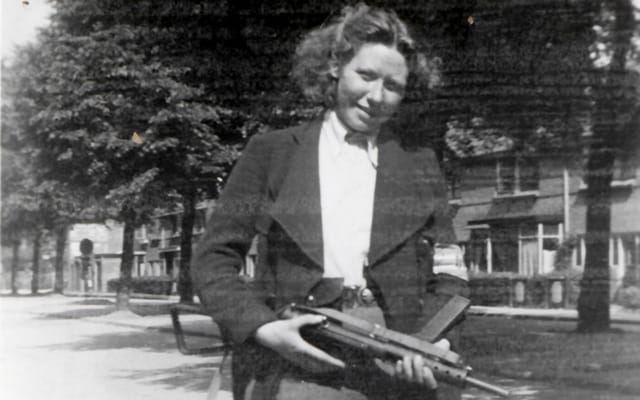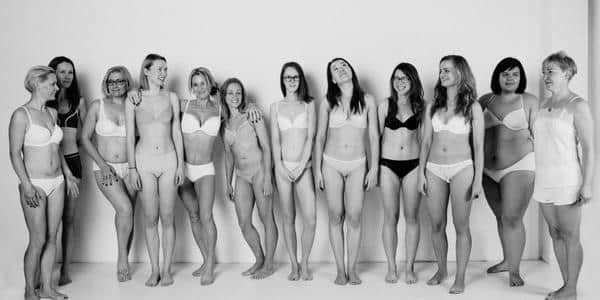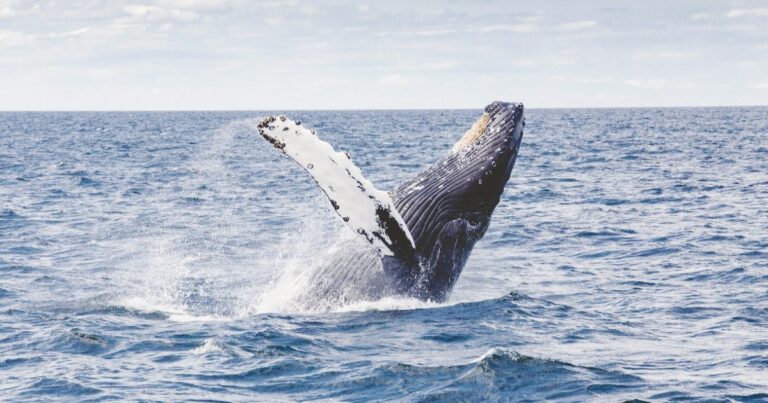#Resisterhood, Role Models & Genuine Leadership ”” What We Can Learn from WWII Heroines
The following article is a guest submission from Sophie Poldermans, author of Seducing and Killing Nazis. Hannie, Truus and Freddie: Dutch Resistance Heroines of WWII.
————————–

Resistance and feminist movements are thriving at the moment; Women are standing up for their rights, resisting repressive policies, and encouraging other women to become social and political leaders. Meet three Dutch Resistance Heroines of World War II, who serve as inspirational role models, not only for these movements but to the entire world.
Hannie Schaft and sisters Truus and Freddie Oversteegen were three Dutch teenagers who took up arms against Nazi occupiers during World War II to honor their ideal of a livable world. As teenaged girls, they were less likely to arouse suspicion than their male counterparts. They could easily ride their bicycles without being stopped and this freedom of mobility allowed them to transport illegal newspapers and even weapons to anti-Nazi activists during the occupation. In addition, they could walk hand-in-hand with Jewish children, giving them escort to safe houses while appearing as innocent as an older sister walking with a sibling. Despite the good they did, these tasks were not enough for this trio. They wanted to do more for the resistance, with weapons if necessary, and so they did.
This is the Word War II story you don’t read about in history books. The three young women used their youth and beauty as their ”secret weapon.” Dressing up and applying eye-catching makeup, the women were able to seduce high-ranking Nazi officers and coax vital intelligence out of them. Occasionally they would even lure them into the woods and kill them.
The three female combatants bravely carried out hazardous missions that were not just technically challenging, but mentally difficult as well. Truus later explained her position, comparing the Nazi regime to ”cancerous tumors in society that you had to cut out like a surgeon.” There was no legal system in place that would condemn these crimes against humanity, crimes leading to what would later be known as one of the world’s largest genocides. For Hannie, Truus, and Freddie, there was no other solution than to resist, even if it meant fighting fire with fire. ”That is the cruelty of war,” said Truus. Their main challenge was to remain human in inhuman circumstances.
As she looked forward to a world after the war, it was Hannie Schaft’s dream to work for the League of Nations (the forerunner of the United Nations) in Geneva. With the League, she would be able to contribute to international peace and justice, even after doing the unthinkable during the war. Unfortunately, that dream never came true. She was executed by the Nazis three weeks before the end of the war. After the war, Hannie Schaft became an icon and the symbol of female resistance.
Both Oversteegen sisters survived the war but lived with the burden of their experiences for the rest of their lives, forever haunted by the demons of their past. They both dealt very differently with past events. Truus expressed herself in art and public speaking; Freddie lived a more secluded life, focusing on her family.
Freddie Oversteegen was the youngest (only 14 when the war began) and the longest-surviving member of this amazing trio. She passed away in September 2018, one day shy of her 93rd birthday and two years after her sister, Truus, sadly passed. Throughout Freddie’s life, she remained feminine, girlish even, but also fierce and discontented at times. Often, she felt overlooked, standing in the shadow of her bigger sister who had received many awards for her resistance work, while Freddie was left fairly unnoticed. When Hannie Schaft was posthumously honored by the Queen of the Netherlands, it was Freddie who received the award on her behalf, despite not being honored herself (nor was Truus at the time). Despite the dangerous and important work women did during this war, they were still not honored as men had been. Freddie described it herself, ”Women don’t count. They still don’t. That hasn’t changed.”
Now, almost 75 years after the end of World War II, we are still fighting for gender equality; Crimes against humanity are committed on a large scale and wars are raging like never before. And yet, there is a desire to unite, to combat injustice, and to strive for enduring peace, and this time, more women than ever are leading the charge. #Resisterhood.
In a world still dominated by men, we are in desperate need of strong female role models. These three women from WWII still fulfill that role and will always continue to do so, we are not bound by time to learn from them. Instead, we can derive lessons from their story and pass it on to future generations so that they too can be inspired by these heroines, their bravery and their genuine leadership.








